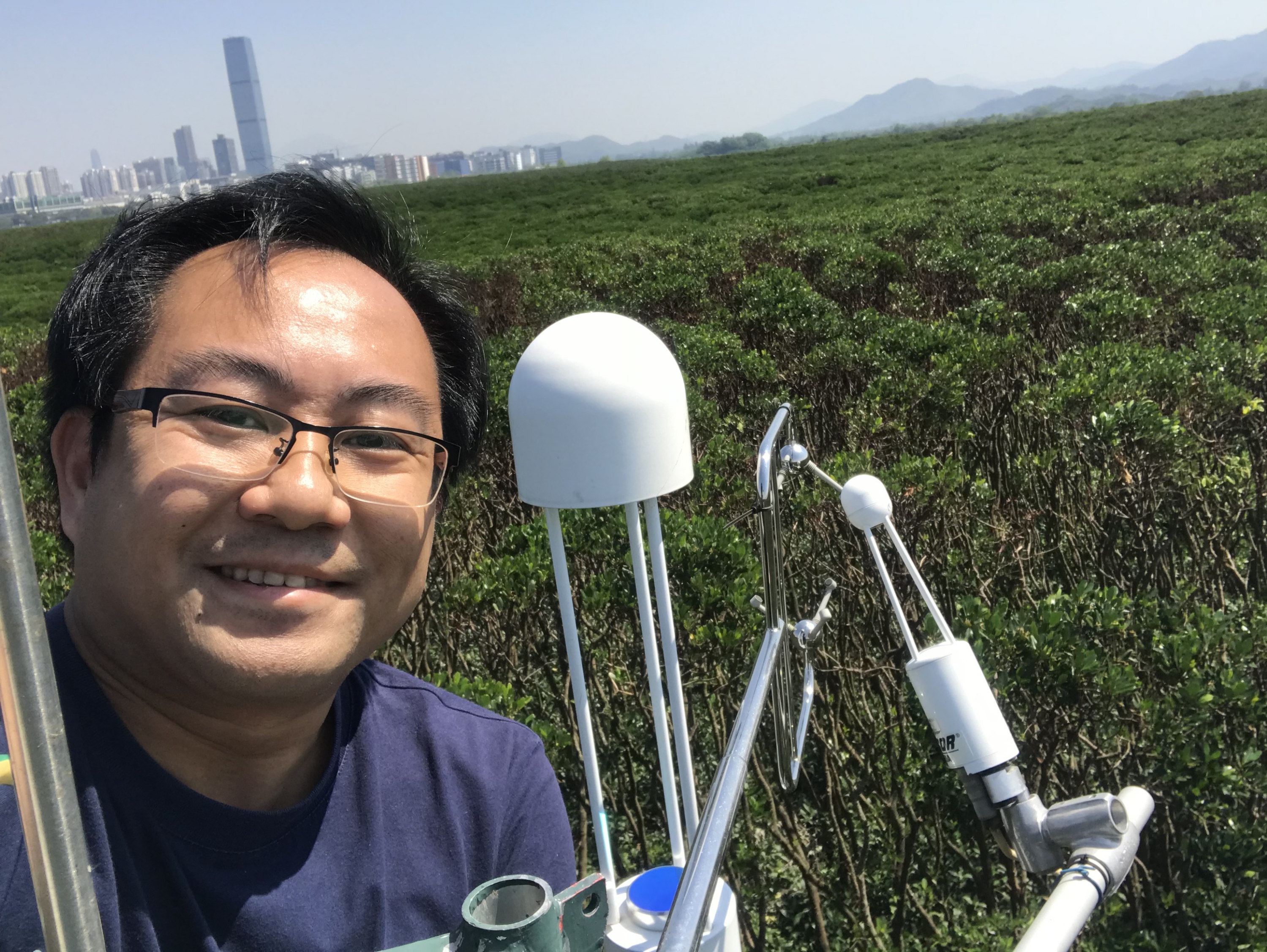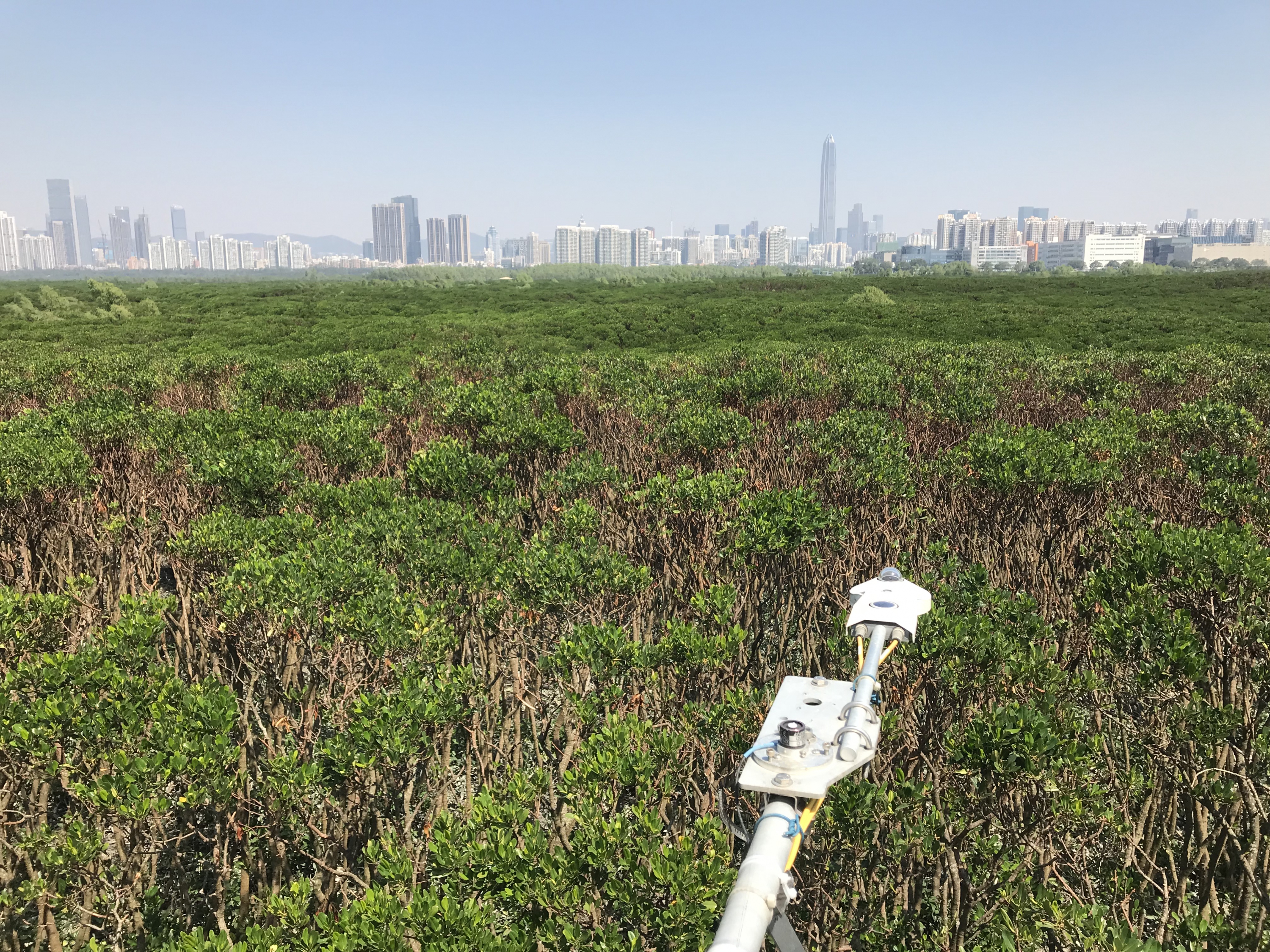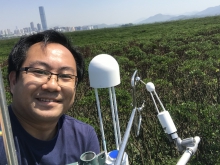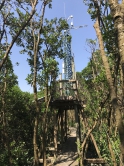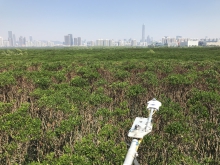News Centre
CUHK Research Reveals that Methane Emissions can Reduce the Climate Benefits of Subtropical Mangrove Wetlands by Half
An international collaborative study led by Professor Derrick Yuk Fo Lai at The Chinese University of Hong Kong (CUHK), joined by top-tier scientists from around the world, has discovered that sustained methane emissions from the subtropical estuarine mangroves can reduce its climatic cooling effects by over 50%, over a period of 20 years. The team produced the world’s first-ever multi-year dataset of ecosystem-scale methane emissions from a subtropical estuarine mangrove based on the data collected at Mai Po Nature Reserve in Hong Kong, which points out that global warming and greater river runoff may lead to increasing methane emissions. The findings have recently been published in Global Change Biology, a top-tier journal in the field of biodiversity conservation and environmental science.
Vegetated Coastal Wetlands in Climate Change Mitigation
Vegetated coastal wetlands such as mangroves and salt marshes sequester more carbon than any other ecosystems. They exhibit high rates of photosynthetic carbon dioxide uptake and sediment trapping, leading to significant carbon storage in the ecosystem and hence reduced accumulation of carbon dioxide in the atmosphere. The potential of managing this “blue carbon” for climate change mitigation has received increasing attention in recent years in the international community.
Unlike the carbon sinks on land (e.g. terrestrial forest), wetlands are often flooded with water and hence their soils are deficient in oxygen. Under this condition, microorganisms are likely to undergo anaerobic breakdown of soil organic matter which releases methane as a by-product.
Overlooked Methane Emissions from Mangroves
Methane is a greenhouse gas over 30 times more powerful than carbon dioxide on a unit mass basis. While natural wetlands are known to be the single largest source of atmospheric methane globally, coastal wetlands are generally assumed to have negligible methane emissions owing to the dominance of high salinity conditions that suppress methane-producing microorganisms. Yet, there is a lack of long-term data on methane emissions from mangroves, especially in the estuarine zone with lower salinity, to challenge this longstanding assumption.
The international research team, involving scientists from the University of California, Berkeley, Stanford University, and CUHK, produced the world’s first-ever multi-year dataset of ecosystem-scale methane emissions from a subtropical estuarine mangrove, based on three-year direct and continuous measurements using an eddy covariance system installed at the Mai Po Marshes in Hong Kong.
Professor Lai stated, “Mai Po Nature Reserve is situated at the confluence of multiple rivers. The rate of water discharge dynamically affects the hydrology, salinity, and organic loadings of this coastal wetland. Also, Hong Kong has distinct seasonal contrasts in temperatures between summer and winter. These are important factors affecting the rate of methane emissions. Furthermore, we are the first ever team to operate an eddy covariance system at a sub-tropical mangrove to monitor large-scale methane emissions continuously throughout the year. As a result, the findings are a valuable reference for the study of the role of coastal wetlands in climate change.”
After analysing the data, the team found that the annual mean methane emissions from this mangrove was 15.6 g CH4 m-2 year-1, which could offset the net cooling effects caused by carbon dioxide uptake by 52% over a time horizon of 20 years and 24% over 100 years.
Effects of Environmental Change on Methane Emissions
Based on a state-of-the-art machine learning algorithm, the team found that soil temperature and salinity were the dominant factors governing the variations of daily mangrove methane emissions. Methane emission in daytime was 30% higher than that in night time due to the diurnal change in temperature. The freshwater discharge of the surrounding rivers was much higher in summer, leading to a decrease in water salinity of the wetland by more than half compared with that in winter. Overall, the mangrove released 177% more methane in summer than in winter.
Professor Lai added, “The magnitude of methane emissions from this estuarine mangrove is expected to increase in future owing to the combined effects of global warming, increased river discharge, and human induced eutrophication, which could further aggravate the greenhouse effect. It is crucial to consider the simultaneous exchange of carbon dioxide and methane between the mangrove and the atmosphere for an accurate assessment of the overall climatic impacts of subtropical mangroves.”
About Professor Derrick Yuk Fo LAI
Prof. Derrick Lai is an Associate Professor from the Department of Geography and Resource Management and the Director of the Centre for Environmental Policy and Resource Management at CUHK. His research team focuses on the biogeochemical cycling of carbon, nutrients and greenhouse gases in wetland and terrestrial ecosystems to advance the scientific understanding of ecosystem-climate feedbacks.
A full version of the paper can be found at: https://onlinelibrary.wiley.com/doi/epdf/10.1111/gcb.15247
